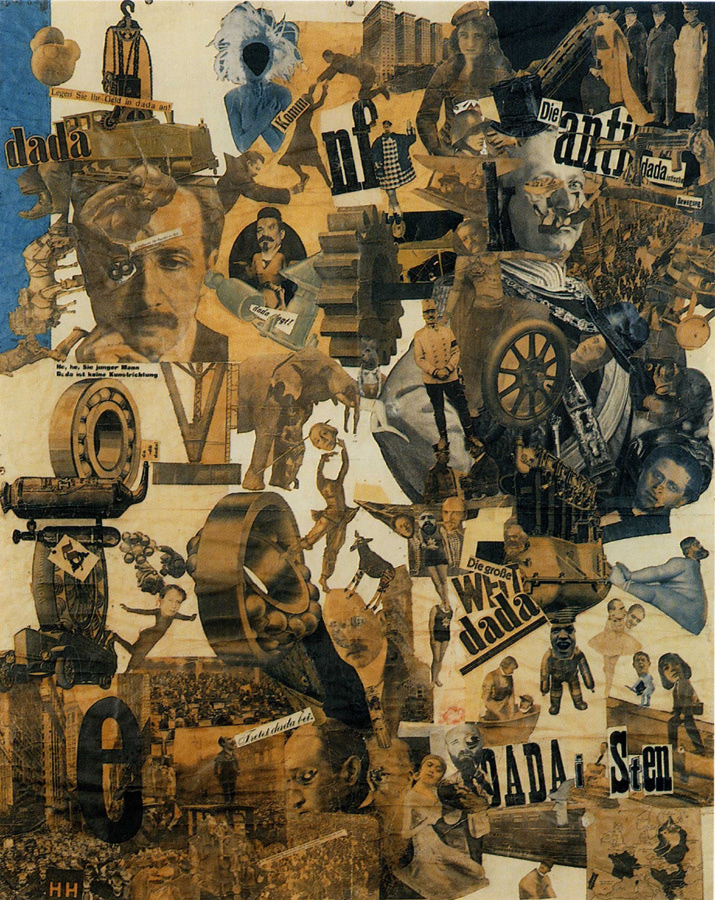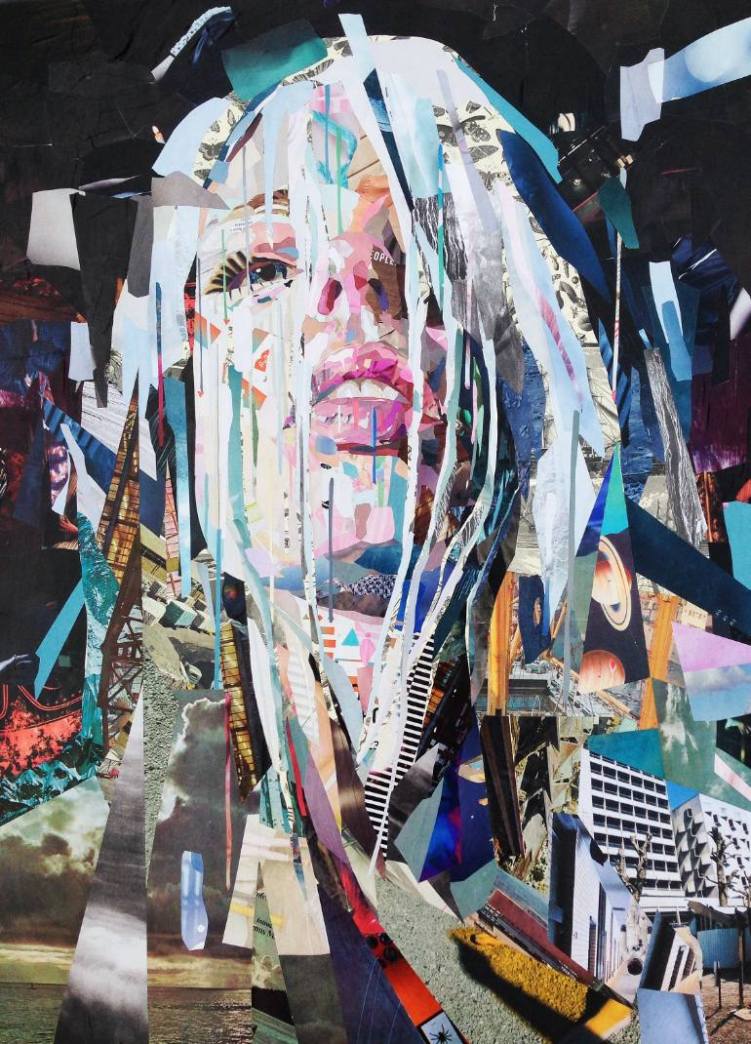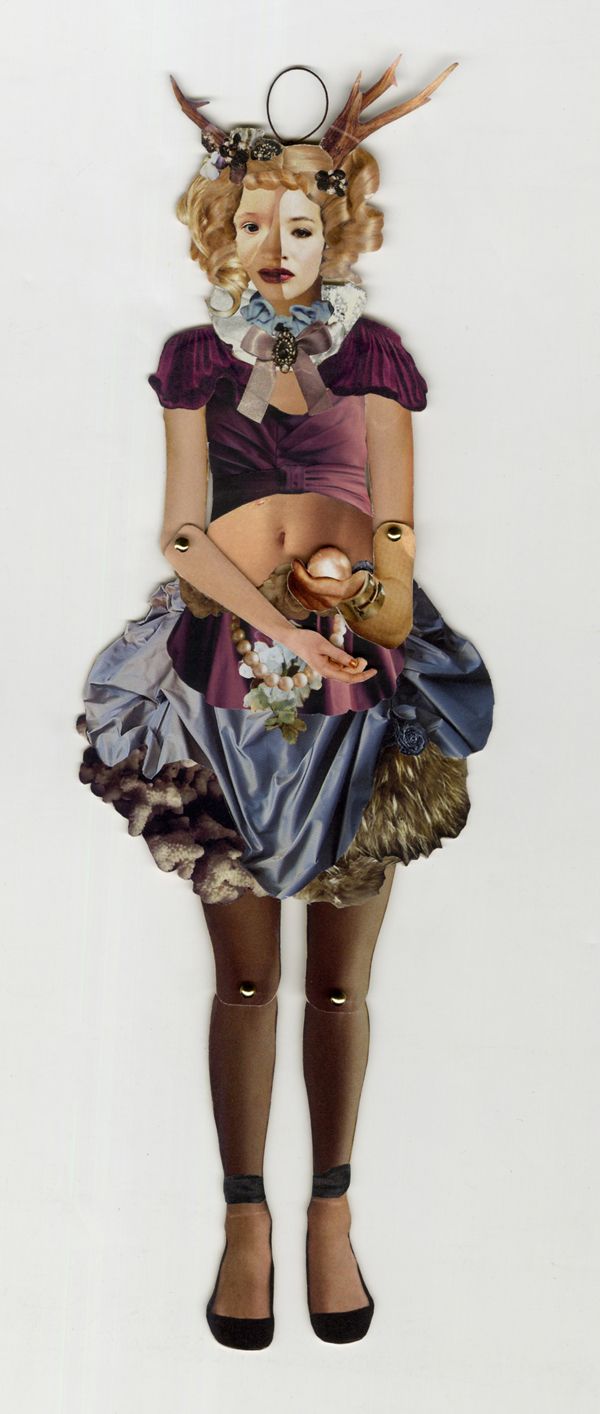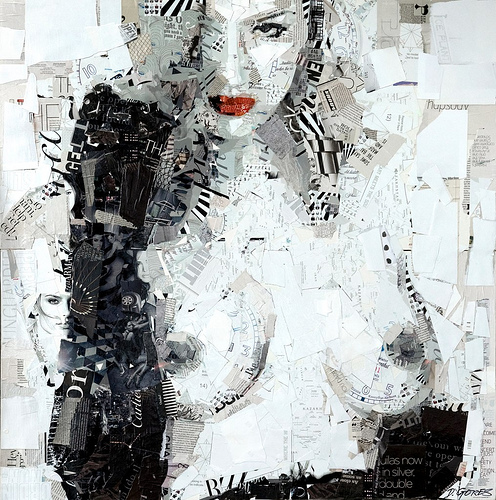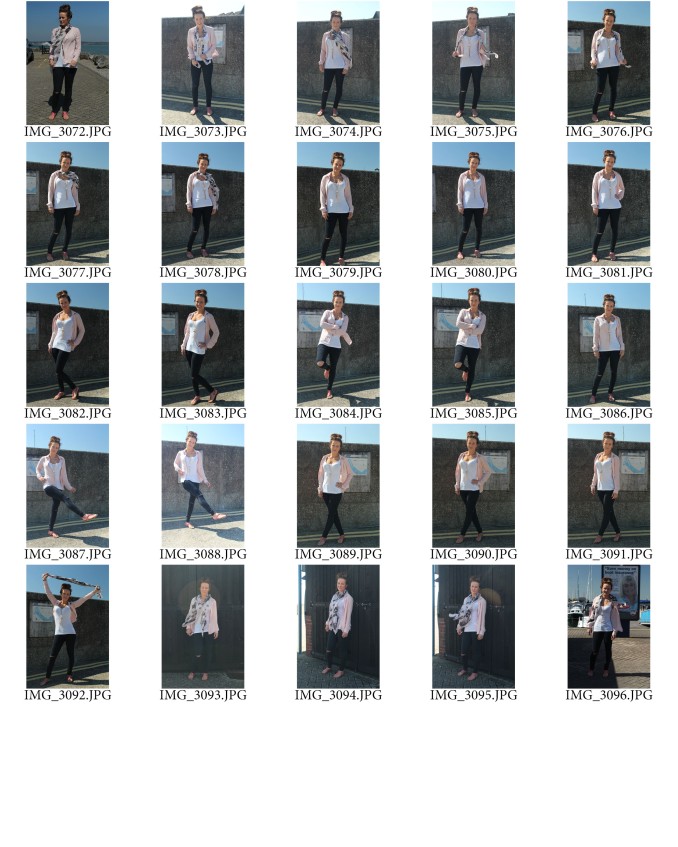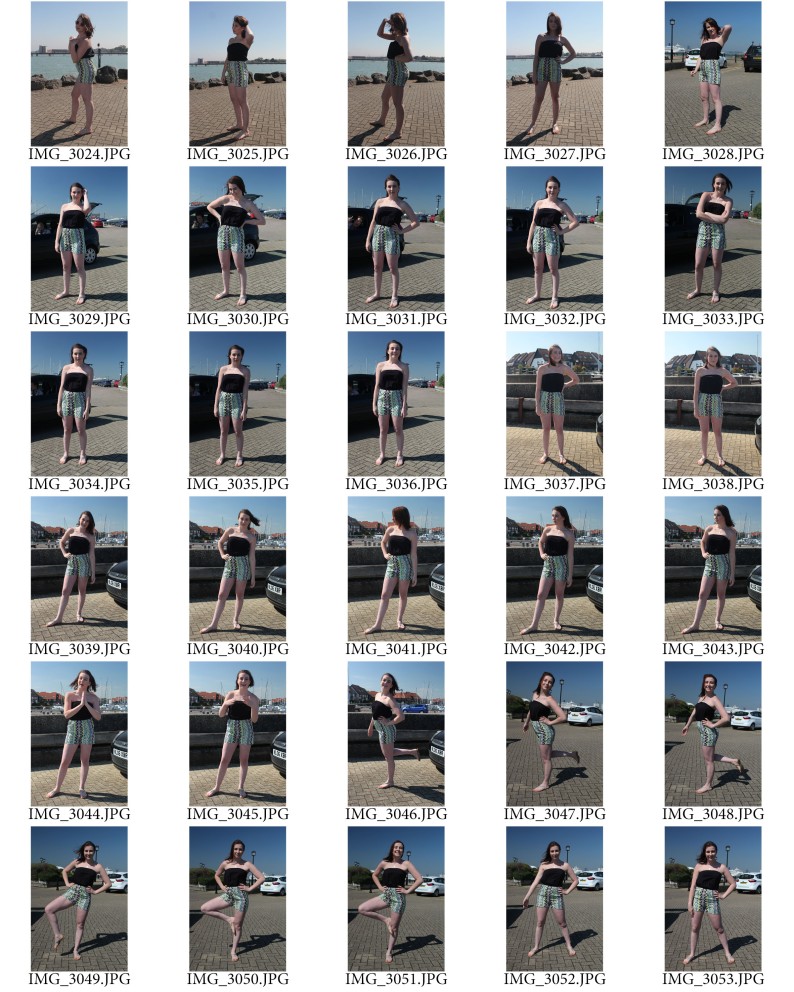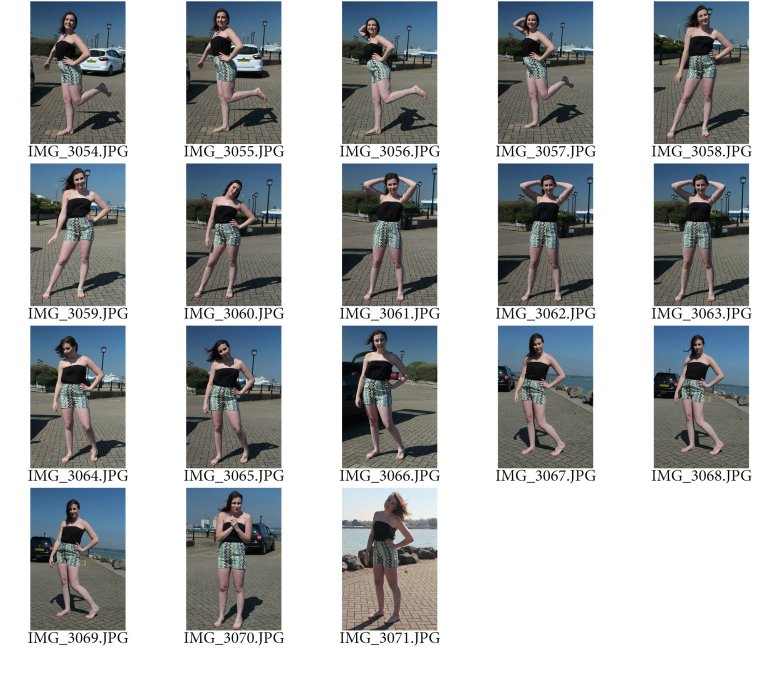Internet
Anon, 2015. Hannah Hoch- Whitechapel Gallery. Last Accessed: 08/04/15. http://www.whitechapelgallery.org/about/press/hannah-hoch/
Artsy, 2015. Hannah Hoch- Collages & other Artwork on Artsy. Last Accessed: 08/04/15. https://www.artsy.net/artist/hannah-hoch
ArtConnect Berlin, 2013. Spotlight on Patrick Bremer – Blog | ARTCONNECT BERLIN. Last Accessed: 13/04/15. http://blog.artconnectberlin.com/2013/12/18/spotlight-on-patrick-bremer/
Patrick Bremer, 2015. PATRICK BREMMER | College Artist. Last Accessed: 13/04/15. http://www.patrickbremer.co.uk/#
Artistaday, 2007-2014. Patrick Bremer-Berlin, Germany Artist- Collage Artists- Painters- Artistaday.com. Last Accessed: 13/04/15. http://artistaday.com/?p=9772
Books
Gunda L. Hoch H. 2010. Hannah Hoch- Picture Book. The Green Box Kunstedition.
Dawn A, Daniel F. H. 2014. Hannah Hoch Hardcover-Illustrated. Prestel.
Richard B, Caroline R. 2014. Cut & Paste: 21st Century Collage. Laurence King.
Linda Hill. 2002. I Dream Before I Sleep (Idee Series), Idee Llc; 1 edition.
Hannah Hoch, 2011. Cutting Edges: Contemporary Collage. Die Gestalten Verlag.
Silke Krohn. 2013. The Age of Collage: Contemporary Collage in Modern Art. Die Gestalten Verlag.
Matthew Biro. 2009. The Dada Cyborg: Visions of the New Human in Weimar Berlin. University of Minnesota Press.
Ruth Hemus. 2009. Dada’s Women. Yale University Press.
Frederick Sommer, Keith F. Davis, Michael Torosian, April M. Watson. 2005. The Art of Frederick Sommer: Photography, Drawing and Collage. Yale University Press.
Holly Harrison. 2007. Mixed-media Collage: An Exploration of Contemporary Artists, Methods, and Materials. Rockport Publishers Inc.
Journals
(Interview) The Weird Show- A Concern on Collage And Beyond, 2013. INTERVIEW: ASHKAN HONARVAR. Max-o-maticonApril 9, 2013. Last Accessed: 14/04/15. http://theweirdshow.info/interview-ashkan-honarvar/
(Interview) The Lovely Daze, 2011. INTERVIEW WITH ARTIST ASHKAN HONARVAR. December 9, 2011. Last Accessed: 14/04/15. http://www.thelovelydaze.com/interviews/interview-with-artist-ashkan-honarvar/
Spring 2005. Aperture 178. Re inventing the spaces within images. Pages 20-25.
Fall 2002. Aperture 168. Contexts, conflicts and congeries. Page 63.
Fall 2006. Aperture 184. Discovery of Brazil collage 1994. Pages 68.
Summer 2007. Aperture 187. Lyle Rexer. Grete in dreamland. The Photomontage of Grete Stern. Pages 60-67.
Winter 2007. Aperture 189. Lyle Rexer. Modernist photography in central Europe. Pages 34-39.
Winter 2008. Aperture 193. David Levi Strauss. On the Edge of clear meaning. Pages 66-73.
Spring 2009. Aperture 194. Jessica Helfand. Look Close. The Scrapbook. Pages 56-61.
Summer 2009. Aperture 195. Jason Evans. The artist formerly known as fashion photographer. Pages 48-56.
Winter 2010. Aperture 201. Magdalene Keaney. Fastnacht. Pages 60-63.
Spring 2011. Aperture 202. Vince Aletti. Both sides now. Pages 66-73.
Exhibitions
2014-2015. In Black and White: Prints from Africa and the Diaspora. Victoria and Albert Museum. London. Sat 29 November 2014 – Mon 6 July 2015.
Jill Evans. 2015. Right Here: The City as Muse. Solent Showcase. Southampton. 27 March – 9 May 2015.
